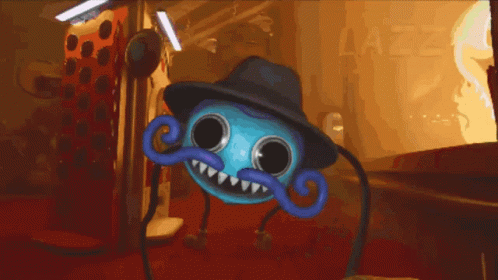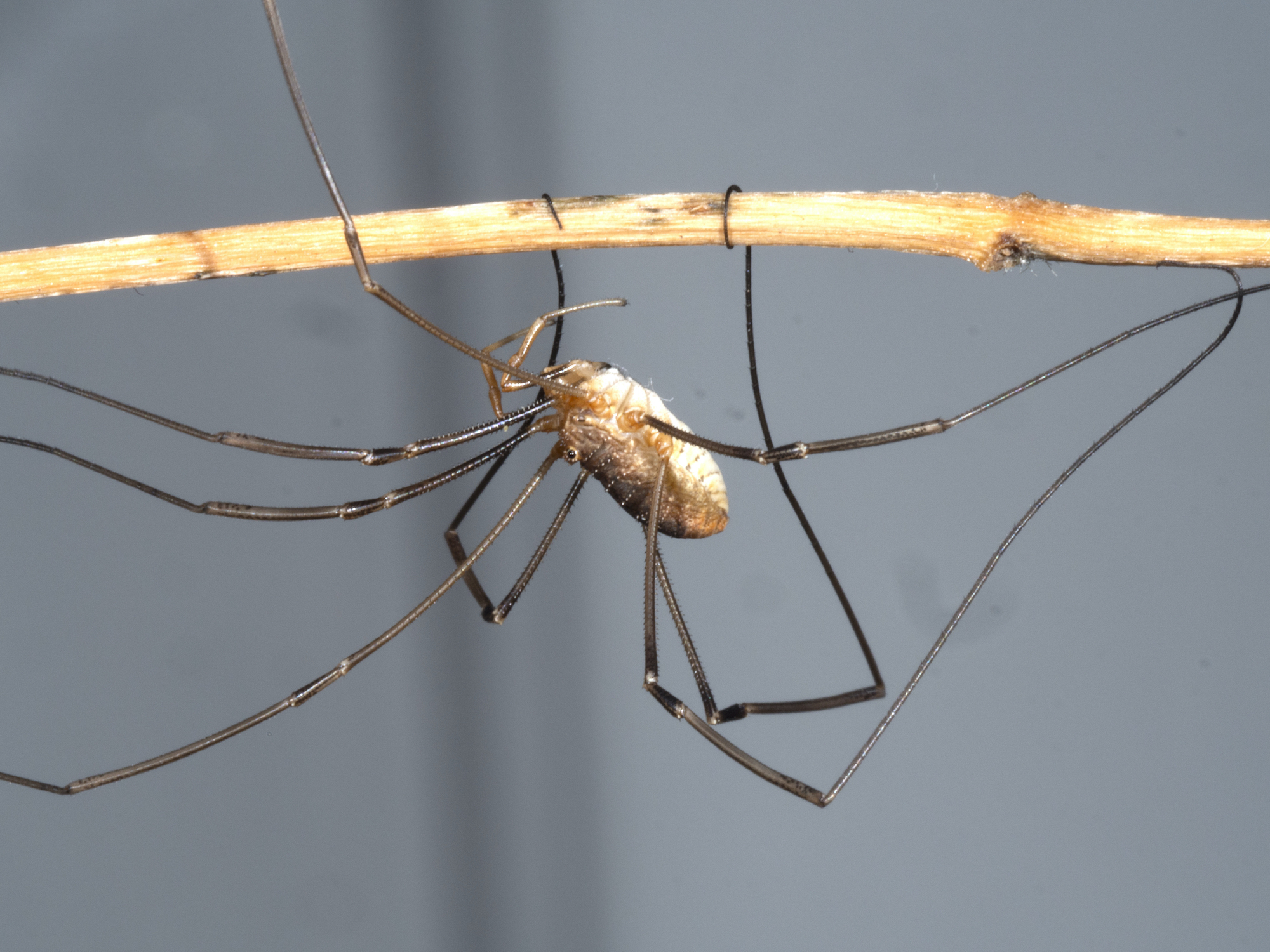Decoding The Daddy Long Legs: More Than Just A Creepy Crawler
You’ve probably encountered them countless times: those gangly, long-legged creatures scurrying across your ceiling, hiding in a dark corner of your basement, or perhaps even flitting about your garden. Known commonly as "daddy long legs," these mysterious beings often spark a mix of curiosity and confusion. Are they spiders? Are they dangerous? And why do so many different things seem to share this quirky name?
The truth about daddy long legs is far more fascinating and nuanced than you might imagine. What most people refer to as a "daddy long legs" isn't just one creature, but a common, catch-all name applied to several distinct animals, and even other cultural phenomena. This article will unravel the mystery, debunk popular myths, and shed light on the diverse world of "daddy long legs."
What Exactly is a Daddy Long Legs? A Tale of Three Creatures
The primary source of confusion around "daddy long legs" stems from the fact that the name is used interchangeably for at least three very different types of creatures. While they might all share a characteristic of having long, spindly legs, their biological classifications and behaviors are remarkably distinct.
The True Harvestman (Order Opiliones)
When most people picture a "daddy long legs," they are likely thinking of the creature belonging to the order Opiliones, commonly known as a harvestman. These are the most prevalent type of daddy long legs and are truly unique. Here’s why they stand out:
- Not Spiders: This is the most crucial distinction. Harvestmen are arachnids, just like spiders, scorpions, mites, and ticks, but they are not true spiders. They belong to their own distinct order.
- One Body Segment: Unlike spiders, which have two distinct body segments (cephalothorax and abdomen), harvestmen appear to have a single, compact, oval-shaped body segment. This feature, along with their exceptionally long and thin legs, gives them their characteristic appearance.
- Lack of Silk and Venom: A key difference from spiders is that harvestmen cannot spin webs. Furthermore, and contrary to popular belief, they are not venomous. The widely circulated playground legend about them being the "most venomous spiders in the world with fangs too short to bite" is entirely false. Harvestmen do not possess venom glands that are harmful to humans, nor do they have fangs capable of piercing human skin.
- Global Presence: Harvestmen can be found on every continent except Antarctica. There are more than 6,000 documented species of harvestmen, with estimates suggesting the total number could be as high as 10,000 species.
- Habitat and Behavior: These creatures prefer moist, dark places, often found on tree trunks, under leaf litter, or in damp basements. They are often seen more frequently in late summer and early fall, which coincides with their mating season. Most species mate with the male depositing sperm inside the female, though the specifics of their reproductive processes are still being studied. They are generally harmless and often scavenge for decaying matter or small insects.
The Cellar Spider (Family Pholcidae)
Another creature frequently referred to as a "daddy long-legs spider" is the cellar spider. These are indeed true spiders, belonging to the family Pholcidae. They are also known by other common names like carpenter spiders or vibrating spiders. Here's what sets them apart:
- True Spiders: Unlike harvestmen, cellar spiders are legitimate spiders. This means they have two body segments and, crucially, they can spin webs. Their webs are typically messy, irregular structures often found in corners of cellars, attics, and other undisturbed areas.
- Venomous (But Harmless to Humans): Like most spiders, cellar spiders do possess venom. However, their venom is not considered medically significant to humans. While they can bite, the effects are generally mild, akin to a mosquito bite or a minor sting. The myth of them being incredibly venomous but unable to bite humans is often mistakenly applied to cellar spiders as well, but it's equally untrue. Their fangs are perfectly capable of biting, but their venom poses no threat to people.
- Appearance: They share the characteristic long, thin legs and delicate appearance that leads to their confusion with harvestmen. The family Pholcidae contains more than 1,800 individual species.
The Crane Fly (Order Diptera)
Completing our trio of "daddy long legs" is the crane fly. This creature is neither an arachnid nor a spider; it's an insect! Crane flies are part of the order Diptera, which also includes mosquitoes and houseflies. They are often mistaken for giant mosquitoes due to their slender bodies and extremely long, delicate legs. While they might look intimidating, they are completely harmless to humans. They do not bite, and their larvae are often found in damp soil, feeding on decaying plant matter.
Debunking the Myth: Are Daddy Long Legs Poisonous?
The persistent urban legend that "daddy long legs are the most venomous spiders in the world, but their fangs are too short to bite" is one of the most widespread and enduring misconceptions in the world of arachnids. Let's set the record straight once and for all:
- Harvestmen (Order Opiliones): These are the creatures most commonly identified as "daddy long legs." They are unequivocally not venomous. They do not produce toxins harmful to humans, nor do they possess fangs in the traditional sense. The idea that they pack a record-breaking toxin is simply false.
- Cellar Spiders (Family Pholcidae): While these are true spiders and do produce venom, their venom is not dangerous to humans. Their bite might cause a localized, minor reaction, but it is not potent enough to cause any significant harm. The "fangs too short" part of the myth is also incorrect; they can and do bite, but there's nothing to fear from their venom.
In summary, whether you're talking about the harvestman or the cellar spider, the notion of a deadly daddy long legs is a myth. You can rest assured that these creatures, despite their sometimes startling appearance, pose no threat to you or your family.
Beyond the Bugs: Other "Daddy Long Legs" in Pop Culture
The intriguing name "Daddy Long Legs" has transcended the biological world, finding its way into various forms of popular culture. This demonstrates the widespread recognition and unique character associated with the phrase.
"Daddy Long Legs" the Game
For those who enjoy quirky and challenging online games, "Daddy Long Legs" by Set Snail is a well-known title. The goal of this physics-based game is deceptively simple: get "Daddy" (or "Horse") to walk as far as possible without falling. With its quirky physics engine and the protagonist's numb, oversized legs, every step becomes a comical challenge. Players earn coins and packs to unlock new outfits, adding to the fun of this seemingly straightforward but difficult walking simulator.
"Daddy Long Legs" the Film (1955)
The name also graces the title of a classic musical comedy film from 1955. Directed by Jean Negulesco and starring the legendary Fred Astaire and Leslie Caron, "Daddy Long Legs" is a charming story set across France, New York City, and the fictional college town of Walston, Massachusetts. The plot revolves around an orphaned French girl whose education is secretly sponsored by a mysterious American millionaire, leading to a delightful tale of romance and discovery.
DADDY LONG LEGS the Band
Adding to the diverse usage of the name, "DADDY LONG LEGS" is also the official name of a contemporary blues-rock band. Known for their raw, electrifying sound and energetic live performances, the band's official website serves as a hub for tour dates, news, records, and more. This further illustrates how the distinctive moniker has been adopted across different creative fields.
Conclusion
The term "daddy long legs" is a fascinating example of how a common name can encompass a surprising variety of creatures and cultural references. From the true harvestmen, which are harmless arachnids distinct from spiders, to the web-spinning cellar spiders, and even the insect crane flies, the biological world offers a diverse cast under this single umbrella term. Crucially, the long-standing myth about their venomous nature has been thoroughly debunked; these creatures pose no threat to humans.
Beyond biology, the name has inspired a popular, challenging online game, a classic Hollywood musical, and even a vibrant blues-rock band. So, the next time you spot a "daddy long legs" in your home or hear the name mentioned, you'll be equipped with the knowledge to understand exactly what (or who) is being discussed, appreciating the rich tapestry of life and culture that this simple phrase represents.

Daddy Long Legs Jumpscare GIF - Daddy Long Legs Jumpscare Project

Daddy longlegs got their long legs by reusing some old evolutionary tools

Daddy Long Legs Chase Scene | Poppy Playtime: Chapter 3 Gameplay #31